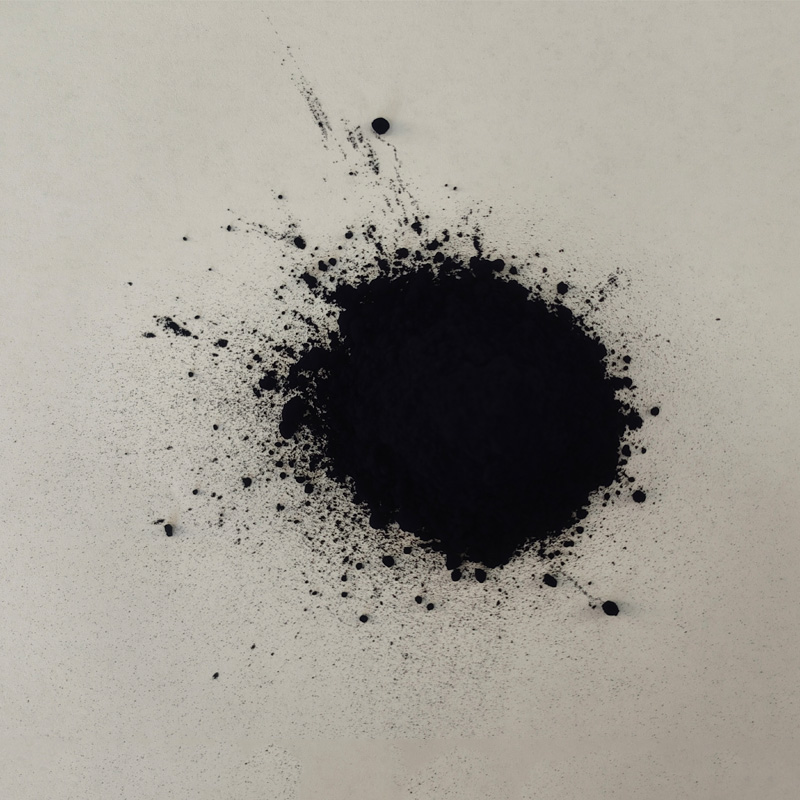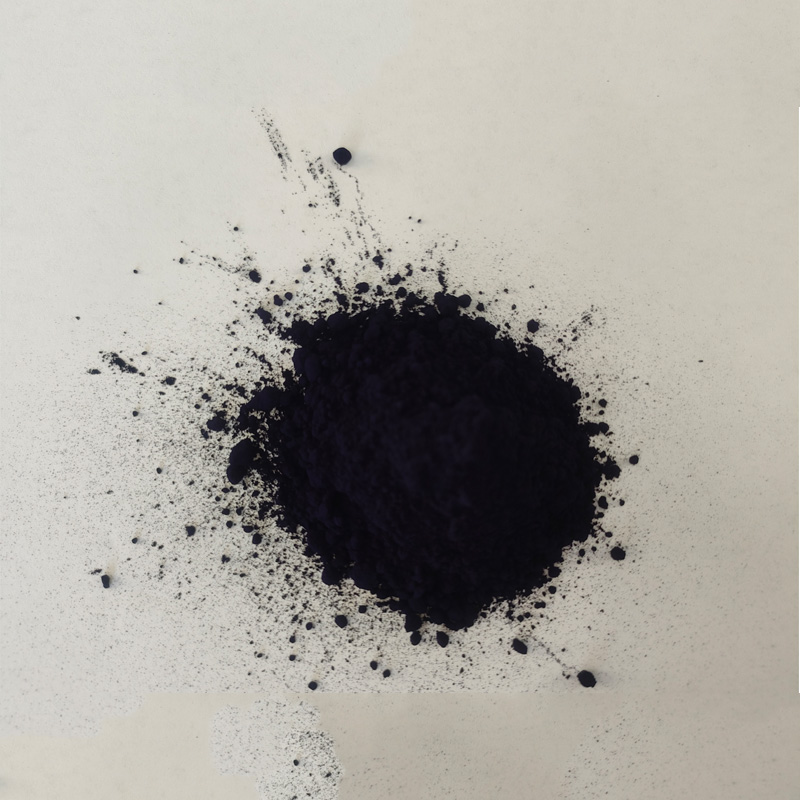Indigo blue granular company with eco-fast, direct supply?
Bromo Indigo (Vat Blue 5) in Granular Form: What Buyers Are Really Asking Now
If you source vat dyes for denim or workwear, you’ve probably heard the chatter: consistency, clean vatting, and tighter specs. That’s where an indigo blue granular company with real process discipline matters. I’ve visited mills where one off-shade batch can wreck a week’s production—nobody wants that, obviously.

Product snapshot: Vat Bromo-Indigo
Origin: HEBEI FUXIN INTERNATIONAL TRADE CO., LTD., A-1205, MCC World Grand Plaza, 66 Xiangtai Road, Shijiazhuang 050023, China. I’ve seen their files—tidy spec sheets, repeatable lots. Not flashy; just solid.
| Product names | Bromo Indigo; Vat Bromo-Indigo; C.I. Vat Blue 5 |
| Molecular formula | C16H6Br4N2O2 |
| CAS No. | 2475-31-2 |
| HS code | 3204151000 |
| Form | Granules, flowable, low dust (≈0.3–1.5 mm) |
| Shade/Use | Deep blue, slightly redcast; mainly for cotton fabrics (denim, canvas, twills) |
| Fastness (typical) | Wash 4–5 (ISO 105-C06); Light 6–7 (ISO 105-B02); Rubbing dry/wet 4–5/3–4 (ISO 105-X12), real-world use may vary |
| Packaging | 25 kg bags or drums; liner suggested |
Process flow (practical shop-floor view)
Materials: dye granules; NaOH (caustic); sodium dithionite (hydrosulfite); wetting agent; anti-redeposition soap. Methods: exhaust or padding with reduction-vatting. Steps, briefly:
- Vatting: reduce in alkaline liquor (pH 12–13) with sodium dithionite; leuco form develops.
- Application: penetrate fiber via padding (denim) or jet/winches (exhaust).
- Oxidation: air or mild H2O2 restores the insoluble pigment inside the fiber.
- Soaping: at 95°C to clear surface tone and lock shade.
- Testing: ISO/AATCC fastness panels before bulk. Service life: often 50+ home launderings for mid-to-dark shades, depending on fabric and finish.
Where it’s used and why it sticks
Industries: denim mills, workwear, military cottons, canvas bags, and home textiles. Advantages? High wash/light fastness, low crock after proper soaping, and—surprisingly—the granules dissolve/reduce more cleanly than some powders I’ve handled, which operators like. Customers say tone control is “predictable” across lots, which I guess is the whole point.
Vendor landscape (quick compare)
| Vendor type | Purity (assay) | Granule uniformity | MOQ | Lead time | Customization |
|---|---|---|---|---|---|
| HEBEI FUXIN | High, lot COA provided | Tight (low dust) | ≈ 500–1,000 kg | 2–4 weeks (typical) | Shade tuning, particle spec |
| Regional trader | Medium | Mixed | ≈ 200–500 kg | Stock dependent | Limited |
| Generic stockist | Variable | Variable, dusty | Flexible | Fast, small lots | None |
Quality, compliance, and testing
Typical buyer checks: ISO 105 fastness panels, AATCC 61 accelerated laundering, and a look at ZDHC MRSL/REACH alignment. COAs matter, but so do pilot dips—always run a bench vat, to be honest.
Customization & support
Shade finetuning (red/green cast), granule size windows for dust control, and bath chemistry guidance are available from the indigo blue granular company. Many customers say the startup support on first-lot transitions saves real time.

Mini case: denim line switch-over
A mid-size denim mill switched from powder to granules to cut dust and stabilize reduction. After rebalancing NaOH/dithionite (slightly lower hydros), their wet rub improved from ≈3 to 3–4, and shade drift over 10 lots dropped noticeably. It seems small, but operators were happier—always a leading indicator.
Citations:
- PubChem: Bromoindigo, CAS 2475-31-2
- ISO 105-B02: Textiles — Tests for colour fastness — Light fastness
- AATCC TM61: Colorfastness to Laundering, Accelerated
- ZDHC MRSL — Chemical management framework
Note: Data above are typical values or ranges from industry practice; specific results depend on fabric, machinery, and process control.
-
Comprehensive Guide to Indigo of: Global Impact, Benefits, and Future Trends
NewsNov.17,2025
-
Natural Indigo Pigment: Sustainable Dye Solutions for Modern Industry
NewsNov.17,2025
-
Sustainable and Vibrant: Exploring the World of Dark Blue Natural Dye
NewsNov.15,2025
-
Understanding Blue Indigo Colour: Global Uses, Benefits & Future Trends
NewsNov.15,2025
-
Vat Indigo – Durable Textile Solutions & Industry Insights
NewsNov.14,2025
-
Indigo Natural Color in Industrial Equipment: A Timeless Hue
NewsNov.14,2025
-
Indigo Color In Nature: Durable Solutions for Industry from Wuxin Group
NewsNov.14,2025

Sulphur Black
1.Name: sulphur black; Sulfur Black; Sulphur Black 1;
2.Structure formula:
3.Molecule formula: C6H4N2O5
4.CAS No.: 1326-82-5
5.HS code: 32041911
6.Product specification:Appearance:black phosphorus flakes; black liquid

Bromo Indigo; Vat Bromo-Indigo; C.I.Vat Blue 5
1.Name: Bromo indigo; Vat bromo-indigo; C.I.Vat blue 5;
2.Structure formula:
3.Molecule formula: C16H6Br4N2O2
4.CAS No.: 2475-31-2
5.HS code: 3204151000 6.Major usage and instruction: Be mainly used to dye cotton fabrics.

Indigo Blue Vat Blue
1.Name: indigo blue,vat blue 1,
2.Structure formula:
3.Molecule formula: C16H10N2O2
4.. CAS No.: 482-89-3
5.Molecule weight: 262.62
6.HS code: 3204151000
7.Major usage and instruction: Be mainly used to dye cotton fabrics.

